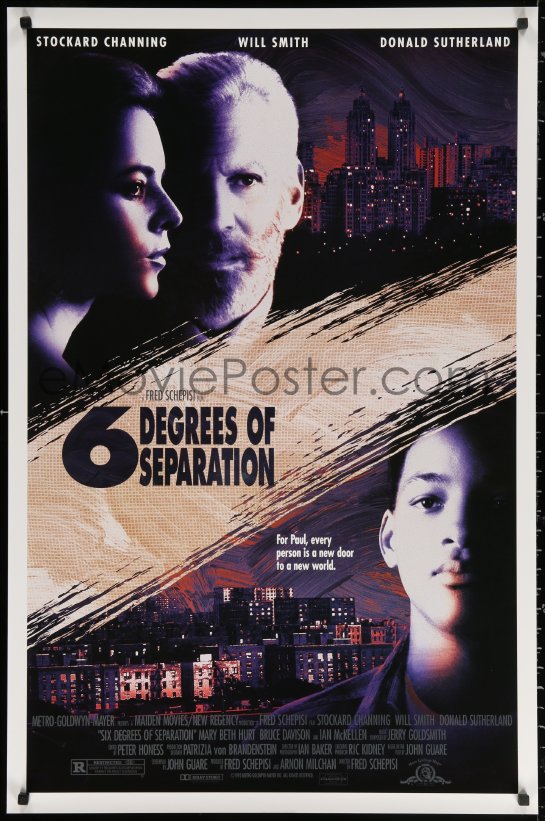


He posited that despite great physical distances between the globe's individuals, the growing density of human networks made the actual social distance far smaller. In particular, Karinthy believed that the modern world was 'shrinking' due to this ever-increasing connectedness of human beings. Due to technological advances in communications and travel, friendship networks could grow larger and span greater distances. One of these pieces was titled "Chains," or "Chain-Links." The story investigated – in abstract, conceptual, and fictional terms – many of the problems that would captivate future generations of mathematicians, sociologists, and physicists within the field of network theory. These conjectures were expanded in 1929 by Hungarian author Frigyes Karinthy, who published a volume of short stories titled Everything is Different. Theories on optimal design of cities, city traffic flows, neighborhoods, and demographics were in vogue after World War I. 3.1.1 John Guare's Six Degrees of SeparationĮarly conceptions Shrinking world.2.2 An optimal algorithm to calculate degrees of separation in social networks.1.3 Continued research: Small World Project.


 0 kommentar(er)
0 kommentar(er)
